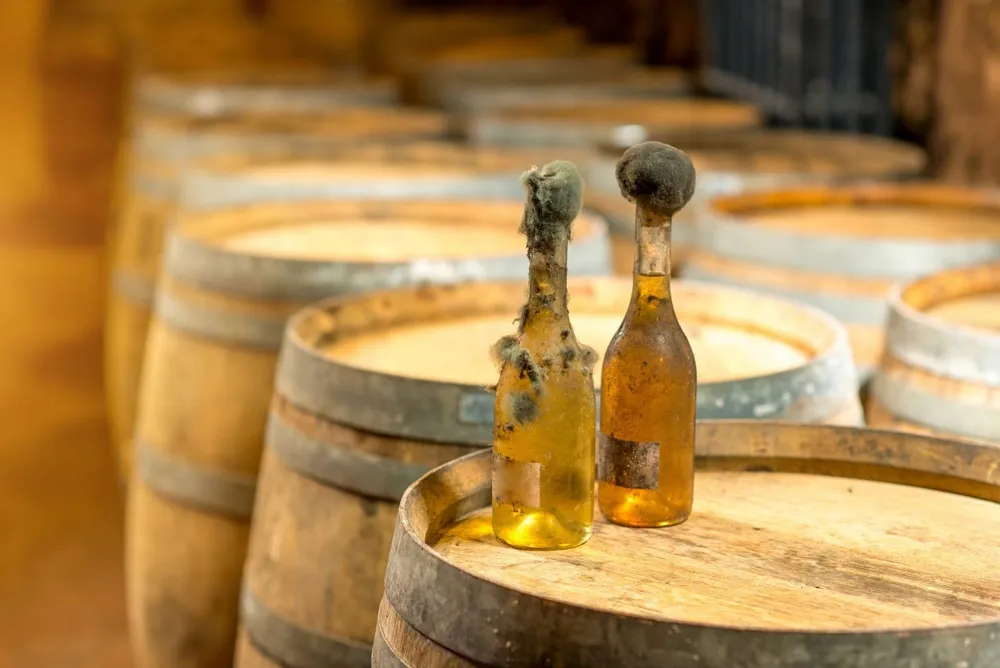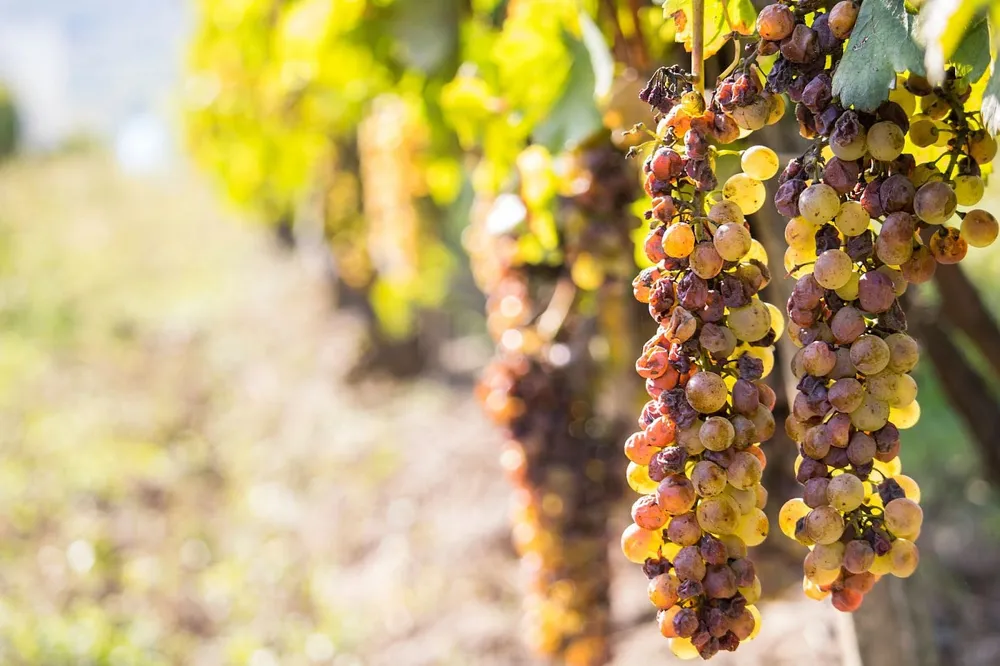Discover Furmint
People know Tokaj Aszu, but have you ever heard of Furmint?
If not, don't worry, barely anyone has.Despite the fact that Tokaj Aszú wines have been gaining global attention due to their exceptional qualities only few people know about this grape variety which is responsible for the production of these world class botrytized wines.
Just recently this Central European grape variety has gained popularity within wine circles and is becoming one of the most emerging grape varieties. Best known in Tokaji, Hungary, for the deliciously sweet wines it produces, Furmint also creates harmonious ageworthy dry wines, which you might not be familiar with yet and if so you definitely need to give it a try.

(Credit: rh2010/stock.adobe.com)
A Royal History
Legend attributes the inception of the first Aszú to Laczkó Máté Szepsi in 1630. Nevertheless, references to wine crafted from Aszú grapes had already surfaced in the Nomenklatura of Fabricius Balázs Sziksai, a document finalized in 1576.
By the 17th century, sweet Tokaji Aszú wine, mainly from Furmint, gained favor among European nobles. King Louis XIV of France hailed Tokaji as “The King of Wines and The Wine of Kings,” a remarkable tribute.
European royals like Russia's Peter the Great and England's Queen Victoria admired Tokaji. The Habsburg Emperors, also Kings of Hungary, received an annual ‘Royal Tribute' of Tokaji wines, solidifying Furmint's royal connection.
Today, Furmint and Tokaji wines shine not from their royal link, but from dry expressions reflecting the terroir's quality, potentially achieving acclaim similar to the sweet styles.

(Credit: evryka23/adobe.stock.com)
Furmint: An alternative to Riesling or Chenin?
Could we possibly argue Furmint is similar to Chenin Blanc or even Riesling? Well let's have a closer look.
All three grape varieties have a very high brisk acidity, combined with a good sugar accumulation capacity, making them ideal to create robust and vibrant wines with a versatility of styles with different residual sugar and alcohol levels. Yet what sets Furmint apart is its uniqueness for its phenolic texture derived from its thick skins.
Its flavor profile is a fascinating blend of herbal notes with savory sensations of quince, pear and apricot. These characteristics set it apart from its peers.
Furmint is a versatile grape; in addition to the sweet wines of Tokaji, it is increasingly being used to produce dry, complex white wines. These dry wines are often appreciated for their ability to age gracefully, developing richer and more nuanced flavors over time, much like a fine Rheingau Riesling. However, its high acidity and nuanced flavors allow the production of premium sparkling wines. Those wines are mostly consumed locally.
Furmint's Rising Global Presence
Despite Tokaj Aszú, the botrytized sweet version of Furmint, having gained recognition among sommeliers and wine enthusiasts in recent years, the dry iteration of this grape has now captured their attention.
In a personal interview with senior Szepsy István, he emphasized that it was the right time to develop a dry wine. Despite the excellence of the sweet wines, their sales had been limited. Similar challenges had been faced with Sauternes.
Szepsy István was the pioneering figure who embarked on experimenting with diverse parcels and plots, utilizing the range of soil types available for the grapes. Collaborating with other quality-focused producers, they established a small circle of winemakers in the region with the primary goal of crafting dry Furmints that showcase the distinct “terroir.”
Furmint, being a relatively neutral grape variety, has the ability to respond to specific sites, hence seemed the ideal choice for this venture. St. Tamás dülö, characterized by Riolit tuff and andesite-based soil, imparts a more saline style, while Betsek, featuring Riolit tuff with clay elements, yields bolder expressions. Those are just examples out of many.
Today, as more winemakers explore the potential of Furmint, and as more wine drinkers discover its charms, it is increasingly celebrated as one of Europe's truly great white wine grapes. This is a grape variety to watch, as it continues to define and redefine the potential of Hungarian, and indeed Eastern European, viticulture.
Explore Furmint with VinoVoss
If you are a wine explorer and seeking a new variety, VinoVoss can guide you to a Furmint near you.
Peter Douglas / Lotte Gabrovits



